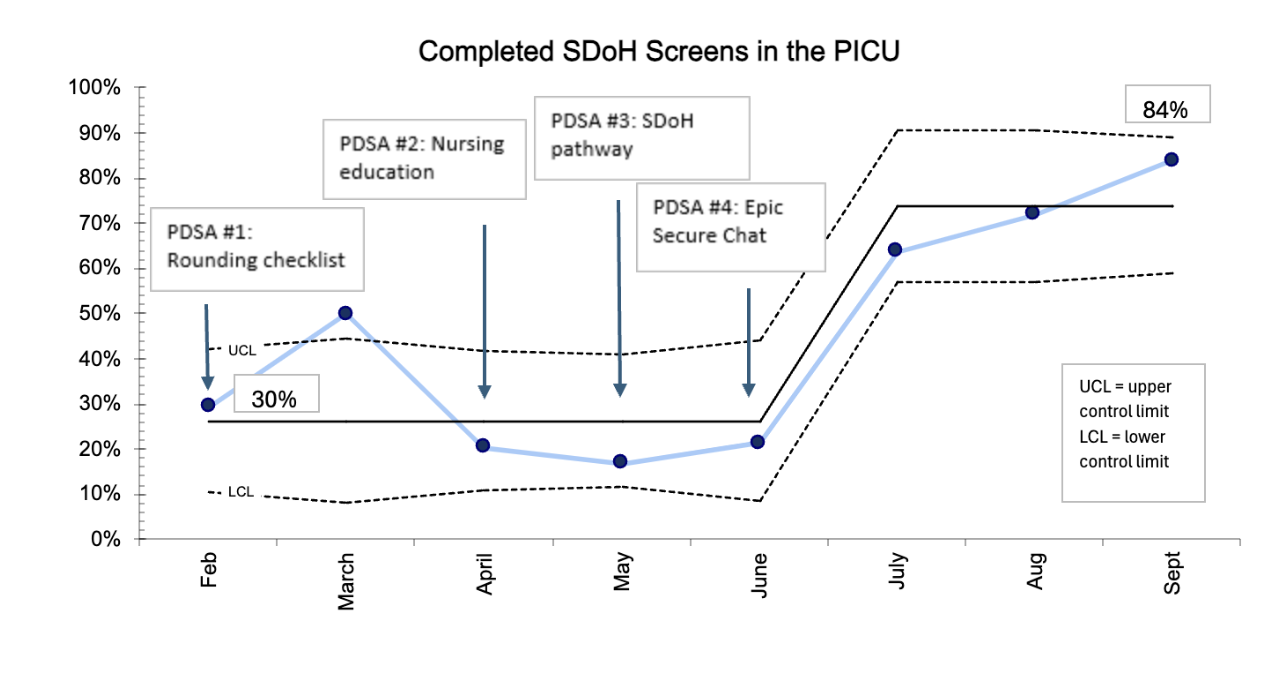Critical Care 1
Session: Critical Care 1
114 - Increasing Rates of Social Determinants of Health Screening in a Pediatric Critical Care Setting
Friday, April 25, 2025
5:30pm - 7:45pm HST
Publication Number: 114.5391
Camilo Pardo, The Children's Hospital at Montefiore, New York, NY, United States; Hemen S. Muleta, Albert Einstein College of Medicine, New York City, NY, United States; Amanda Klafter, The Children's Hospital at Montefiore, New York, NY, United States; Renee Whiskey, Albert Einstein College of Medicine, Bronx, NY, United States; Henry M. Ushay, The Children's Hospital at Montefiore, Bronx, NY, United States; Patricia Hametz, The Children's Hospital at Montefiore, Bronx, NY, United States; Kevin Fiori, Albert Einstein College of Medicine, Bronx, NY, United States; Gina Cassel-Choudhury, The Children's Hospital at Montefiore, Bronx, NY, United States
.jpg)
Camilo Pardo, DO (he/him/his)
Resident Physician
The Children's Hospital at Montefiore
New York, New York, United States
Presenting Author(s)
Background: Previous research has shown the relationship between social determinants of health (SDoH) and poorer pediatric health outcomes. While there are studies demonstrating best practices for implementing SDoH screening in lower acuity settings, there are few studies about such implementation in a pediatric critical care setting.
Objective: Our aim was to use Quality Improvement (QI) methods to increase SDoH screening from a baseline of just under 30% to 75% for pediatric patients in a critical care setting between February 2024-March 2025.
Design/Methods: A multidisciplinary team used QI methodology to establish interventions focused on increasing SDoH screening in a 26-bed Pediatric Critical Care Unit (PICU) within an urban, tertiary care children’s hospital. Establishing a provider and nursing workflow for SDoH screens along with an Epic™ group chat for a community health worker (CHW) team were implemented. Data were collected monthly, and interventions were evaluated using Plan-Do-Study-Act (PDSA) cycles. The primary outcome was the percentage of SDOH screens completed for patients directly admitted to the PICU.
Results: Nearly halfway into our intervention period, the percentage of patient screens completed has increased from 30% in February to 84% in September 2024.
Conclusion(s): QI methodology and the use of a secure text chat application embedded in the electronic health record (EHR) as a communication tool amongst the multidisciplinary team have increased monthly SDoH screenings in a PICU setting. Next steps would focus on increasing CHW referrals for positive SDoH screens found in the PICU and sustainability of screening practices.
Completed SDOH Screens in the PICU



